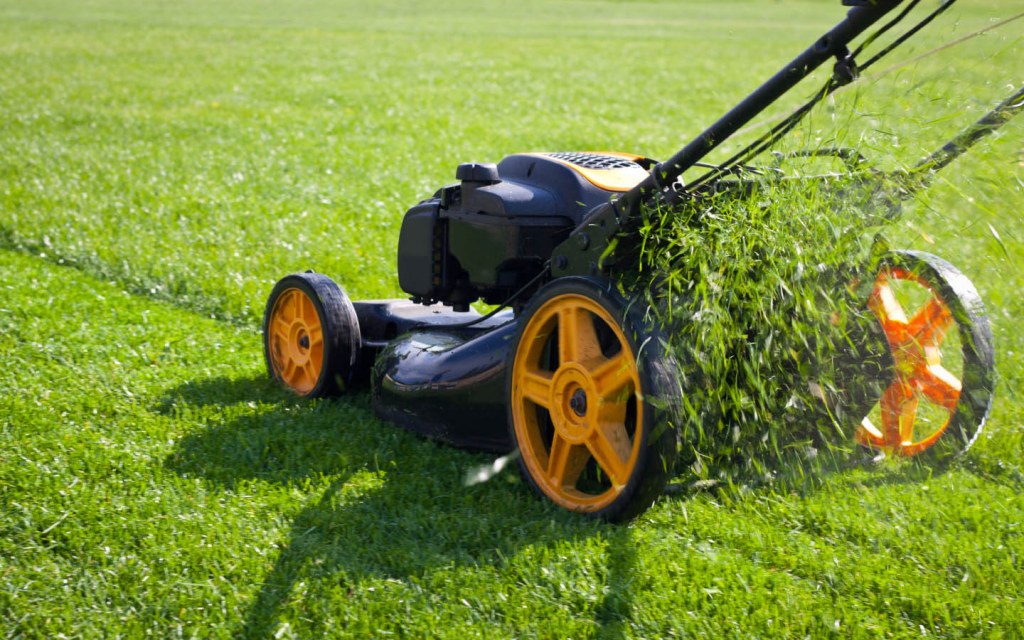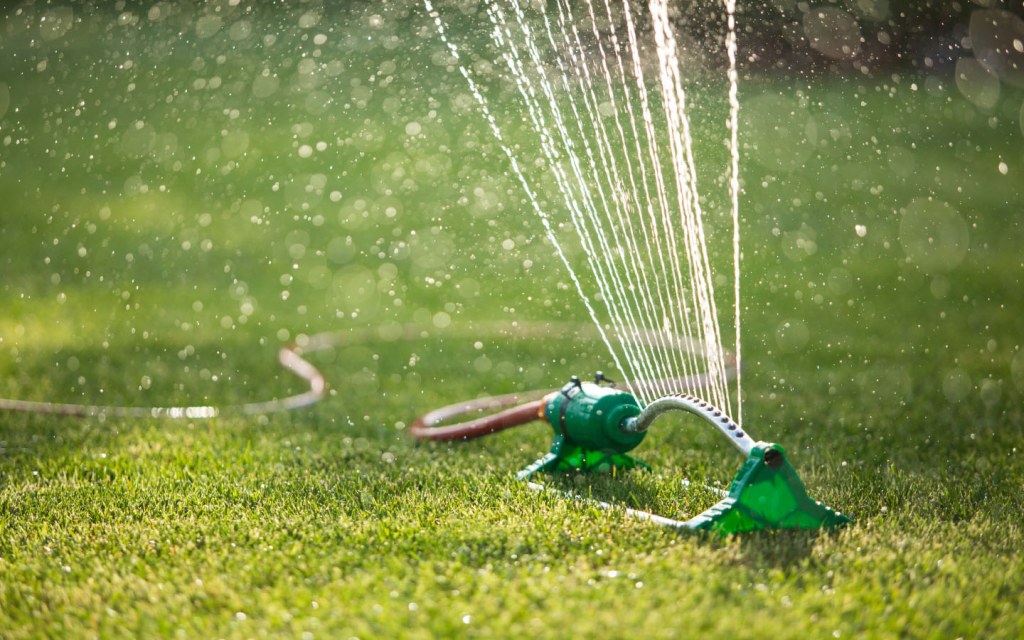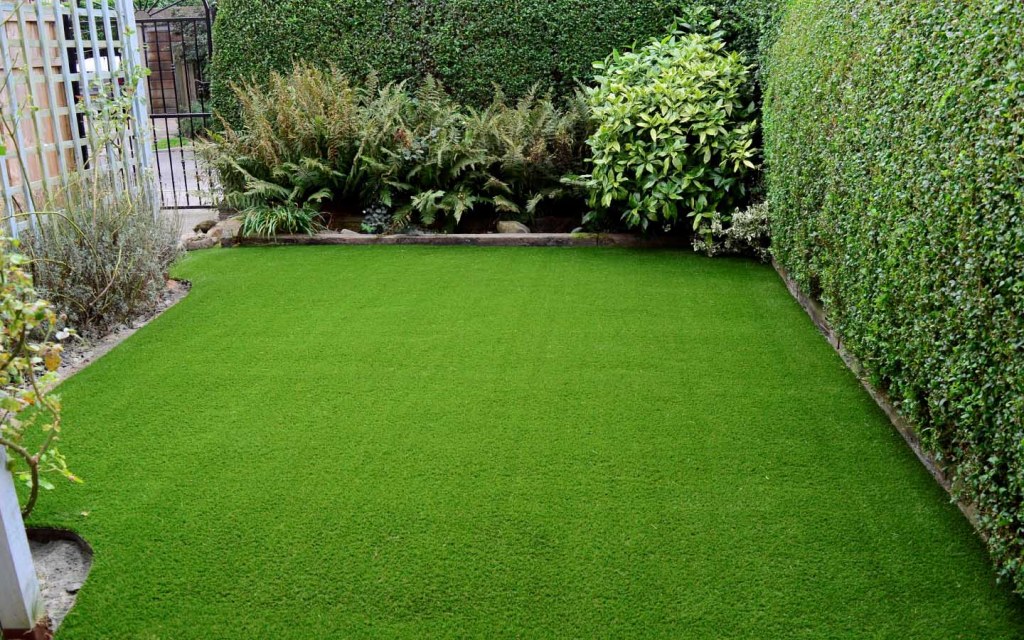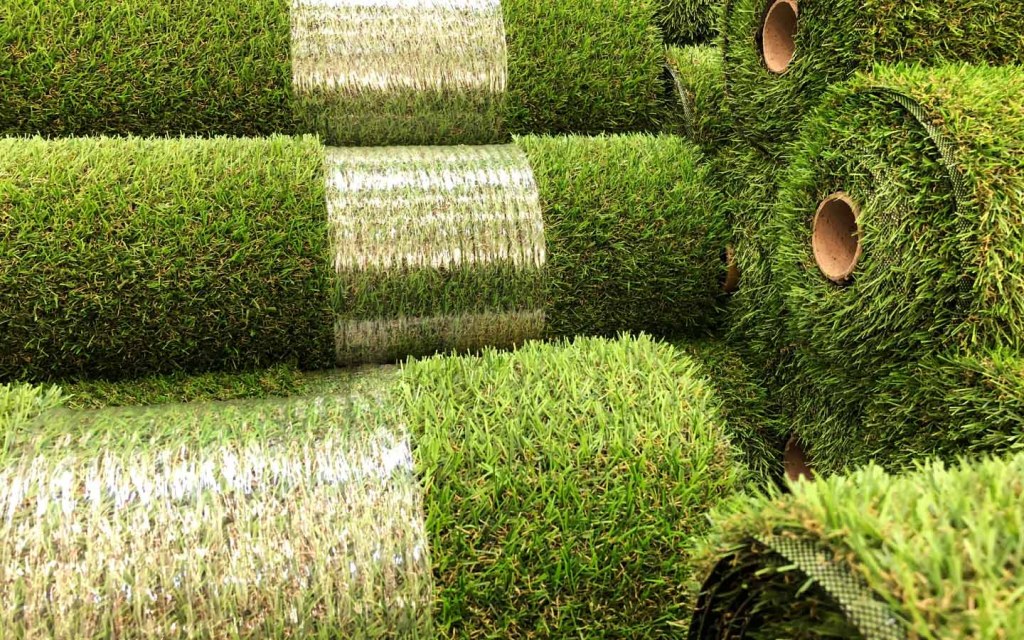Home » Home Decor » Artificial Turf vs. Natural Grass—What to Choose for Your Home?
Homeowners who love yard work and gardening are pleased to have the space to experiment with their green thumb and grow a beautiful green lawn surrounded by flowering plants and fruit trees. However, others find maintaining their yard to be a troublesome task. This is where you need to decide between artificial vs. natural grass for your front lawn and backyard.
Artificial Turf vs. Natural Grass—How to Make the Choice?
Both artificial turf and natural grass have their share of pros and cons, so we’ll be evaluating both options on four basic factors to help you make a decision:
- Maintenance Requirements
- Water Usage
- Aesthetic Appeal
- Cost of Ownership
Let’s discuss each of these factors now to determine what would be best for your home—laying down an artificial turf or growing grass naturally.
Maintenance Requirements

Owning a lush green lawn is a lot of responsibility, especially if you’re growing grass naturally. After preparing the soil, you need to plant the seeds, fertilise them, and wait for the grass to grow. Once the grass grows, you will have to spend several hours every week to take care of your yard and ensure that it retains its beauty. The responsibility includes raking, mowing, and watering the lawn regularly in order to keep it green and healthy.
In comparison, artificial turf requires minimal maintenance. Your yard will become green and beautiful as soon as the artificial grass is laid. Aside from occasionally rinsing the lawn with water and brushing it to keep the blades upright and healthy in areas where there’s high foot traffic, there’s not much that you really need to do.
Water Usage

The shortage of water is a genuine concern in Pakistan, and if you want to help conserve water at home, artificial turf is your best friend. Requiring minimal to no watering, the turf will retain its green appearance all year round. You can choose to rinse it if it gets too dirty, but that is not mandatory. However, if you’re growing grass naturally, you’ll need to water the yard frequently until it grows and even after that, with frequent watering required in the dry season. You’ll also need to spray your grass with harmful insecticides in order to keep it free from pests.
In a nutshell, artificial turf is the way to go since it is actually an eco-friendlier option in comparison to the real thing, particularly in areas where there is a severe shortage of water. However, artificial turf does absorb heat rapidly, becoming hot to the touch in comparison to the cooling sensation you get when you sit on natural grass, making it unsuitable for severely hot climates around the country. Artificially produced grass is also not biodegradable, adding more trash to our landfills if you decide to get rid of it.
Aesthetic Appeal

Want a lush green lawn all year round without any effort? If your answer is yes, then you don’t need to enter the artificial vs. natural grass debate as artificial turf retains its beauty, irrespective of seasonal changes. Considering that artificial grass looks so realistic nowadays, it’s perfect for those homeowners who want to add to their curb appeal without hiring a gardener or managing the garden themselves.
In contrast, growing grass naturally means waiting for the seeds to sprout and cover your lawn entirely. During this time, your yard will look bare and have patches of grass growing irregularly. Even after the initial sprouting of the seeds, the yard will continue to vary in its beauty as per the season, becoming dry and bare in the autumn and winter seasons, while remaining healthy and green in the springtime after you perform the necessary procedures to prepare your lawn for spring.
Cost of Ownership

Growing grass on your front lawn requires seeds, fertiliser, and lawn equipment such as a lawnmower, a rake, and a pipe hose. You might even have to pay some service charges for gardeners or landscapers if you decide to call in professional help. Even then, your garden will require expense from time to time when you might need to reseed bare patches after a dry spell.
Alternatively, laying artificial turf is a one-time cost, with no future maintenance charges. Artificial turf can last you around 15 to 20 years without requiring a replacement. Thus, while it may be a bit more expensive at the start, the cost breaks even during the life of the turf, costing less overall in comparison to its natural counterpart.
Considering the factors above, the clear winner in the artificial vs. natural grass debate is artificial grass, since it is ideal for low-maintenance homes. However, people who love gardening should go for the natural alternative as that gives them a chance to indulge in one of their favourite hobbies.
Keep reading more home décor tips and tricks on Zameen Blog or write to us with your queries at blog@zameen.com, and we’ll reply immediately.



